






CONTENTS

INTRODUCTION
LOOPY MANGO
I was born in Korea and went to college in Japan. After graduating from Tokyo University of Foreign Studies, I worked as an interpreter and later opened a Korean fusion restaurant in Nagoya, Japan. Then I moved to New York and worked for a corporate housing company, and it was at that time I found a crochet hook in my suitcase. To this day, I dont know how that crochet hook got there. This was way back in 2004before YouTube had a video tutorial for everything. While I had learned to knit and to crochet from my mom as a child, I was never very interested in it.
I wanted to learn how to crochet again, so I went to Barnes & Noble, bought a book, and taught myself. I was hooked (pun intended) instantly and every day it was becoming more and more difficult to keep going back to work; all I wanted to do was crochet. I finally took a vacation and never went back. Around that same time, I met my future business partnerAnnain a fabric painting workshop at the Fashion Institute of Technology (FIT). It turned out Anna had learned how to crochet from her mother and how to knit from her grandmother while growing up in the former Soviet Union. She had moved to New York after quitting her software engineering job at Expedia to become an artist.
After we met at FIT, she asked me to pose for a portrait. I brought my crocheting with me and crocheted a shawl while she was sketching. I was using this beautiful deep purple mohair yarn, and she was so fascinated by it that she asked me to show her how to crochet again. I took her to some yarn stores, and the next thing you know she too was so hooked that she dropped out of her graduate school program. It was then that we decided to open a boutique in the East Village. We called it Loopy Mango.
The original Loopy Mango store went through many iterations during its ten-year life span. Our original idea was to sell my crocheted creations and Annas artwork. We quickly learned that it wasnt enough to keep the store afloat and added ready-to-wear pieces and accessories from independent designers from all over the world. When we moved our store to SoHo in 2010, we expanded into gifts, homeware, and textiles and became a life-style boutique. My lifestyle has always included yarn and knitting, and so I persuaded Anna to throw that in too! We added some of my favorite yarn brands to our store assortment and had a great response from customers. But I still wasnt satisfied.
We both loved to knit and crochet and wanted to share our love of this ancient craft with everyone. But learning to knit can be very frustrating unless you use the right tools and materials. We couldnt find the tools and materials that we were dreaming about, so we started making our own yarn and needles. We were then able to teach someone how to knit in just one to two hoursand not to simply learn the stitches, but to have a completed project at the end. A hat, a scarf, a cowl, even a blanket. It was such a joy watching our students proudly put on their first hat or scarf after a class.
At the end of the day, thats all that really matters to us: making a product that makes people happy. 

ABOUT THIS BOOK
Every knitting pattern in this book was designed with the beginner in mind. I believe in breaking down knitting techniques into simple steps that any novice can follow. Anyone can start with a scarf or a hat (or even a blanket) and progress to a sweater or a cardigan. Once you master the basic stitches, you can make almost anything. There is so much you can do with very simple stitchesgood design doesnt necessarily mean complicated.
But most importantly, knitting is fun, and I want you to enjoy both learning to knit and your finished projects. When I first started knitting, the books I came across seemed too complicated, with many projects that were too time consuming to complete. I wanted to make something simple, fast, and modern. When I design, I put all the aspectsmaterial, color, texture, weighttogether and edit them. I like to create designs that I can wear and enjoy every day, and that will last forever. Creating modern, stylish-yet-classic pieces is most important to me.
When I think about Loopy Mango knitters I think about simple, effortless, classic, modern women and men. And of course, the pieces have to knit up fast!
A FEW THINGS TO KEEP IN MIND ABOUT THIS BOOK
Is it more difficult for a beginner to knit with big yarn and knitting needles? Absolutely not! Quite the oppositethe bigger the needles and the thicker the yarn, the easier and faster it is to learn how to knit. Every stitch you make is magnified. You can clearly see what you are doing, and there are a lot fewer chances to make mistakes. The patterns are divided into different skill level sections: Absolute Beginner, Beginner, and Intermediate.
 ABSOLUTE BEGINNER
ABSOLUTE BEGINNER : No experience of any kind is necessary.
Projects only use cast on, knit stitch, and cast off, all of which are explained and illustrated in the Knitting Basics and Stitches & Techniques sections (see ).  BEGINNER : These projects require the ability to do basic knitting techniques, such as cast on, knit stitch, purl stitch, increase, decrease, and cast off.
BEGINNER : These projects require the ability to do basic knitting techniques, such as cast on, knit stitch, purl stitch, increase, decrease, and cast off.  INTERMEDIATE : For these projects, proficiency of all beginner level techniques is needed, as well as the shaping of garments and more involved finishing techniques. If you have never tried knitting before but always wanted to, this book is for you. We will teach you the building blocks of knitting, and your first project can be a beautiful chunky scarf or a hat that will only take you a few hours to complete. If you have knitted in the past and want to get back into it but feel a bit nervous, this book is for you. If you have knitted in the past and want to get back into it but feel a bit nervous, this book is for you.
INTERMEDIATE : For these projects, proficiency of all beginner level techniques is needed, as well as the shaping of garments and more involved finishing techniques. If you have never tried knitting before but always wanted to, this book is for you. We will teach you the building blocks of knitting, and your first project can be a beautiful chunky scarf or a hat that will only take you a few hours to complete. If you have knitted in the past and want to get back into it but feel a bit nervous, this book is for you. If you have knitted in the past and want to get back into it but feel a bit nervous, this book is for you.
Next page

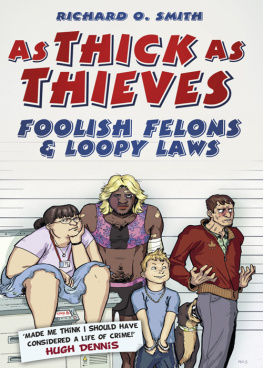
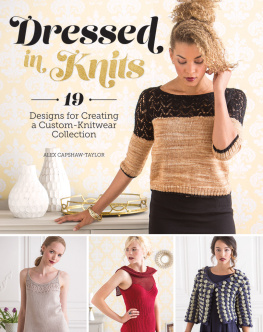

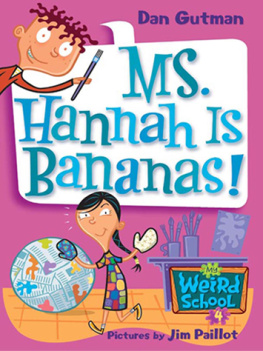

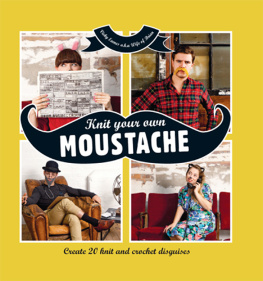
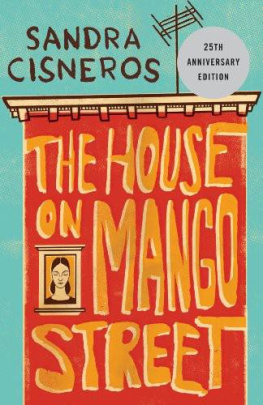

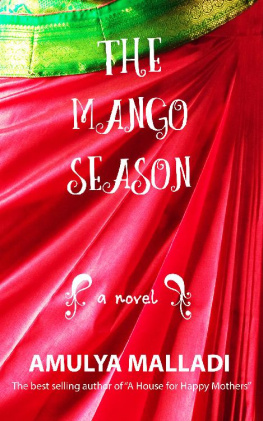
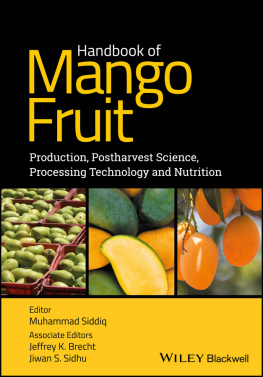











 ABSOLUTE BEGINNER : No experience of any kind is necessary.
ABSOLUTE BEGINNER : No experience of any kind is necessary.  BEGINNER : These projects require the ability to do basic knitting techniques, such as cast on, knit stitch, purl stitch, increase, decrease, and cast off.
BEGINNER : These projects require the ability to do basic knitting techniques, such as cast on, knit stitch, purl stitch, increase, decrease, and cast off.  INTERMEDIATE : For these projects, proficiency of all beginner level techniques is needed, as well as the shaping of garments and more involved finishing techniques. If you have never tried knitting before but always wanted to, this book is for you. We will teach you the building blocks of knitting, and your first project can be a beautiful chunky scarf or a hat that will only take you a few hours to complete. If you have knitted in the past and want to get back into it but feel a bit nervous, this book is for you. If you have knitted in the past and want to get back into it but feel a bit nervous, this book is for you.
INTERMEDIATE : For these projects, proficiency of all beginner level techniques is needed, as well as the shaping of garments and more involved finishing techniques. If you have never tried knitting before but always wanted to, this book is for you. We will teach you the building blocks of knitting, and your first project can be a beautiful chunky scarf or a hat that will only take you a few hours to complete. If you have knitted in the past and want to get back into it but feel a bit nervous, this book is for you. If you have knitted in the past and want to get back into it but feel a bit nervous, this book is for you.